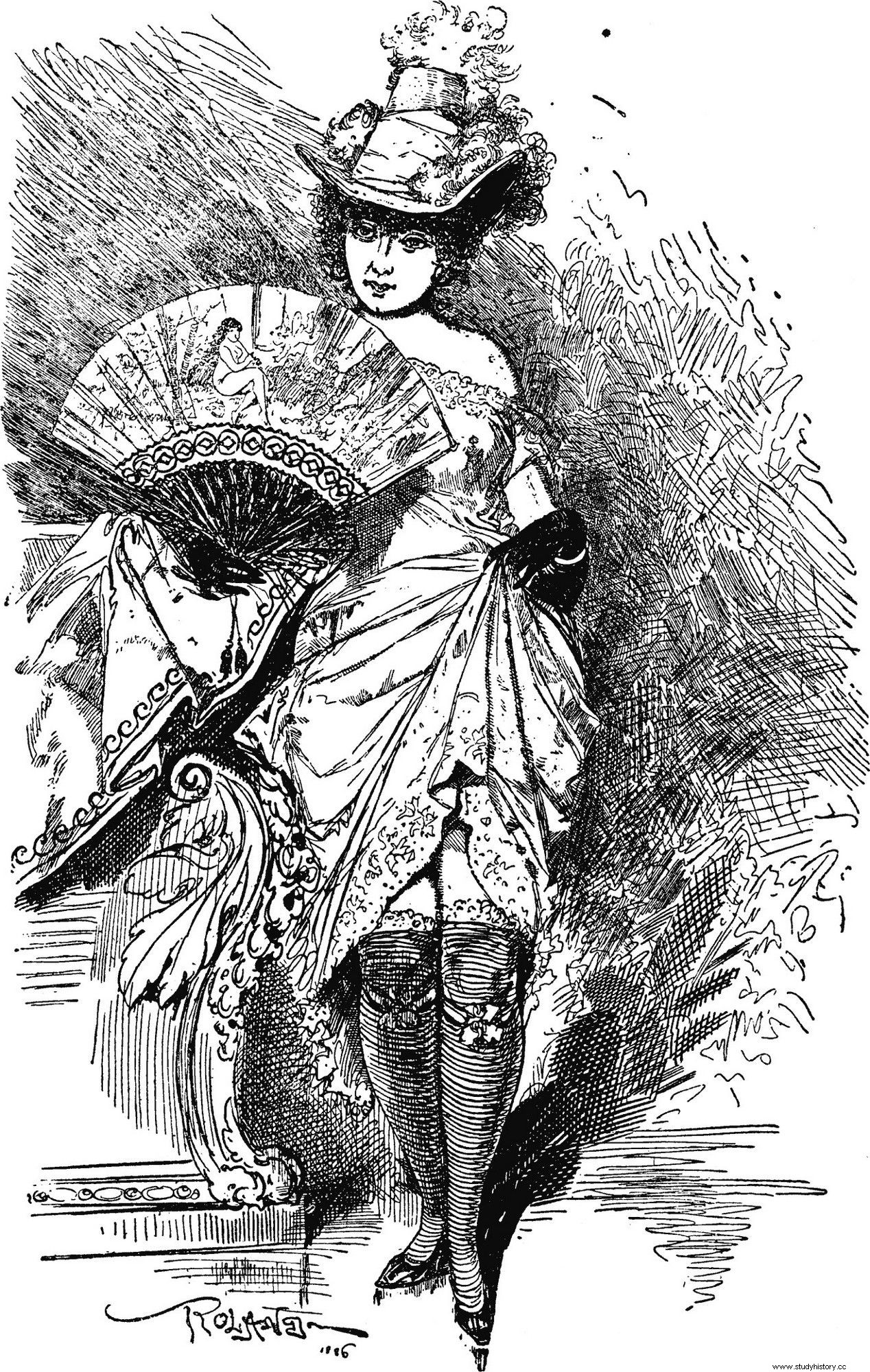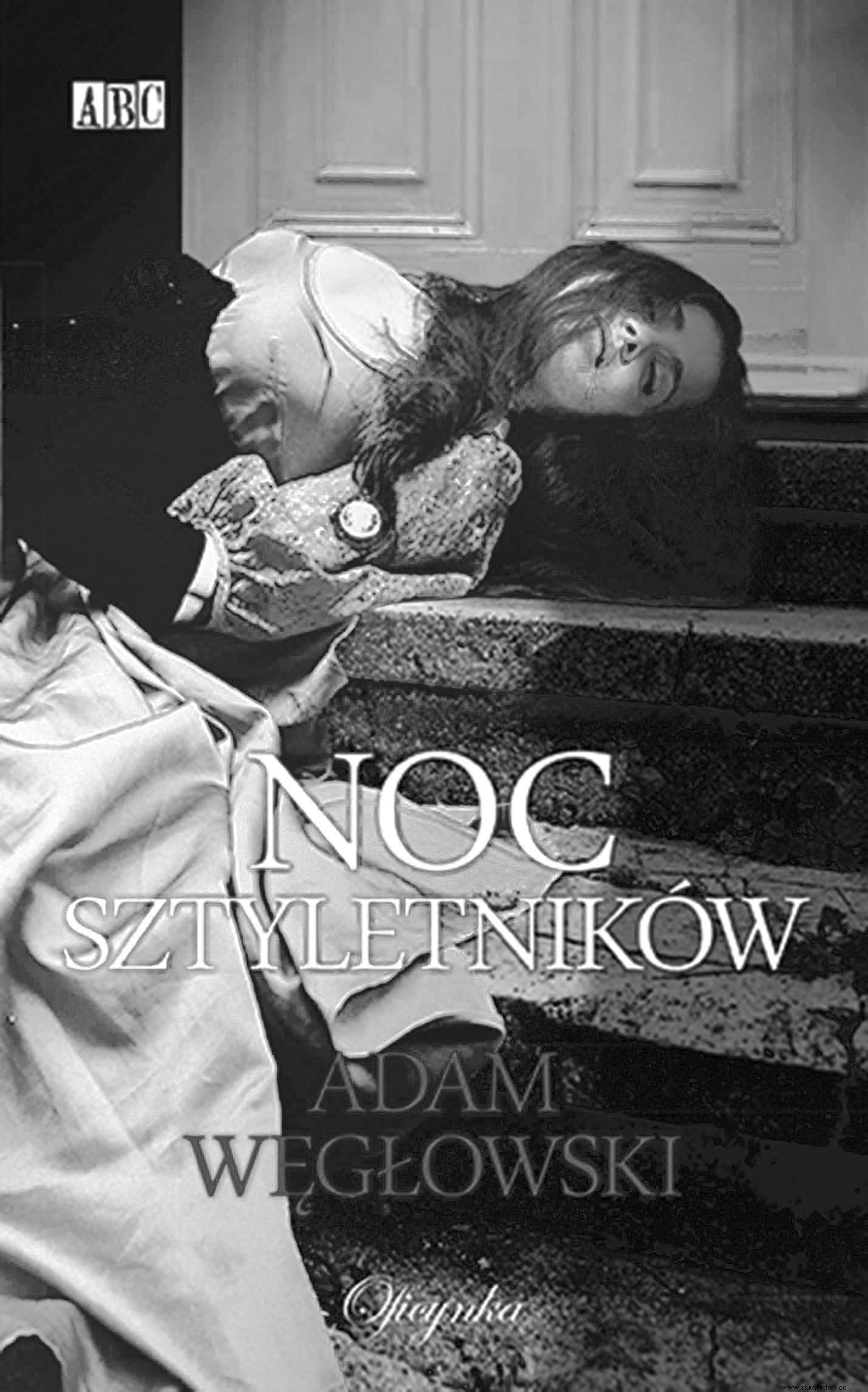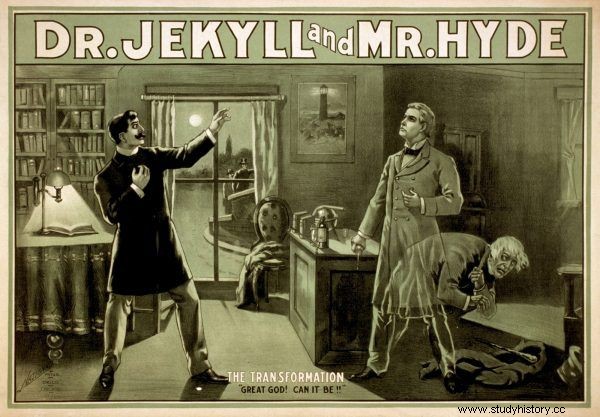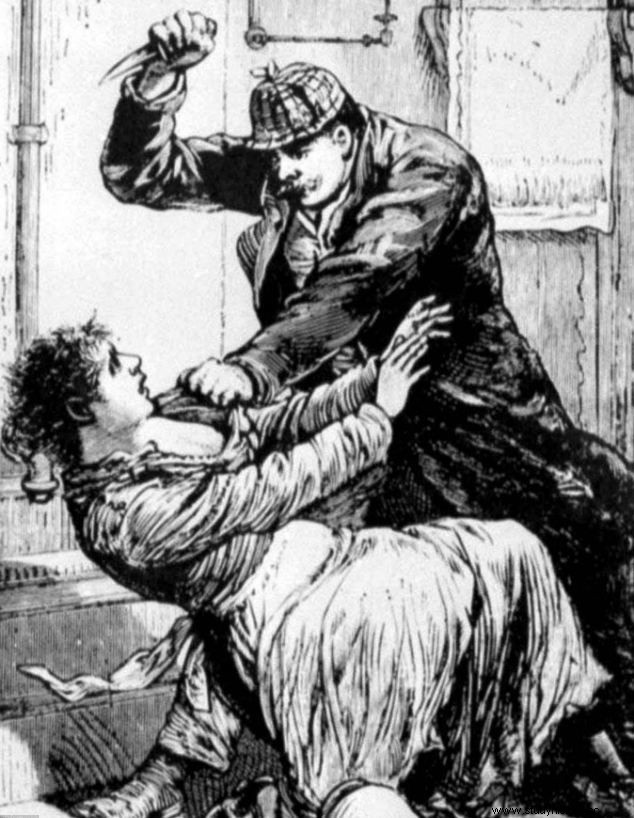Tens of thousands of prostitutes ready to fulfill any customer wish. Sadomasochistic torture chambers. Child trafficking with pedophiles from Brussels. Helpless police and brothels with strong "backs". Can you guess what place we're talking about?
In 1857, London was a metropolitan area of three million people with at least 8,600 women living in prostitution. This number was increased by several times more "amateurs" who practiced prostitution sporadically - for example, married women who made extra money on the side with paid sex. According to some estimates, in fact, there were as many as 80,000 prostitutes in London and they had two million paid intercourse a week.
The "charms" of London streets were shown by special guides, such as "The Swell's Night Guide Through The Metropolis". And the police data from 1868 showed more than two thousand places in London, where it was possible to use the services of representatives of the "oldest profession in the world". There were only a few elegant brothels, and definitely more rooms, rented by one or more ladies of wholesome - nearly two thousand.
However, the largest number of prostitutes did not work indoors, but outdoors. The center of prostitution was the London East End, in which the first brothel was probably established in 1303 (and supposedly under the protection of the local prior!).
In the dark alleys of the East End, for a few pennies, the sex-hungry men could quickly satisfy their desires. By the wall, by the fence, in the staircase. Prostitutes preferred oral, anal or thigh intercourse to avoid getting pregnant. However, not all clients liked it, and in case of resistance, women could be brutal.

Prostitutes in London tempted both the rich and the poor.
Of course, there were also elegant brothels in London, with comfortable beds and naked ladies in stockings. Behind the walls of the same houses, however, there were sadomasochistic salons - and that was also what some Victorian gentlemen wanted. Such places were run by a certain Mary Jeffries in the 1880s. Aristocrats from home and abroad used her apartments that looked like torture chambers, in which bodies were hung on chains and ladders, and then whipped with whips, wires, and twigs.
Virginity for £ 13
So the truth about the sex business was grim. Venereal diseases were spreading among the British, families were falling apart, and trafficking in human beings corrupted those who were tempted by quick and easy earnings.
In 1885, thirteen-year-old Eliza Armstrong was sold by her mother to foreign women for 5 pounds (equivalent to approximately PLN 2,500). Whether the girl was supposed to go to service or a brothel, her mother did not particularly penetrate. Meanwhile, one of the buyers, Rebecca Jarett, had a long career as a pimp. She even boasted that once a gentleman paid her for the possibility of underage defloration 13 pounds (or about 5,000 zlotys).

Dark and broken London in the times of Jack the Ripper in Adam Węgłowski's novel "Night of the Daggers" (Oficyna 2017).
London has become a paradise for deviants. No wonder it was then that the famous novel by Robert Louis Stevenson, "Dr. Jekyll and Mr. Hyde" (1886), was written. The British, bound by the strict rules of Victorian morality, tried to find an outlet for their needs. They fed sexual fantasies not only with ordinary pornography, but also more artistic ones - even with uncensored versions of oriental works:"Kamasutra" and "Tales of the Thousand and One Nights" (read more about it in our other article) .
They also reached for ancient erotic classics, such as Petronius's "Satiricon". The latter title was published by the decadent publisher Leonard Smithers, whom Oscar Wilde said "loves first editions, especially women:his passion is little girls." Sophisticated eroticism was only a step away from decadence, and from it was only a step to crime ...
Costly provocation
And here we come back to the story of the aforementioned Eliza Armstrong. It found an unusual ending. Behind the purchase of the girl was ... socially involved editor-in-chief of Pall Mall Gazette William Thomas Stead. It was he who hired the former pimple to find a woman ready to sell the child. In this way, he wanted to raise the awareness of the public about the protection of girls kidnapped not only in brothels in big British cities, but also abroad.

It should come as no surprise that the homeland of "Dr. Jekyll and Mr. Hyde" was 19th century London.
Teenagers, or actually even children, were exported to Belgium. "In one of the infamous houses in Brussels, little children, English girls aged ten to fourteen, are imprisoned, kidnapped, betrayed, stolen from rural villages by various tricks and sold to these human dunghill" - warned suffragist Josephine Butler in 1880 - "Ordinary visitors know nothing about them; it's a secret known only to rich men who have enough money to pay for the martyrdom of these innocent beings. "
Authorities and law enforcement agencies choked on their lips. However, with subsequent articles in the press, they could no longer hide their heads in the sand. Changes have been made to the law to prevent sexual exploitation of minors. Stead, however, paid dearly for his insolence - the court did not recognize such a thing as journalistic provocation, and although it took into account extenuating circumstances, he sentenced the journalist to three months in prison for the abduction of Eliza Armstrong. The editor's reputation in the eyes of the elite has also suffered a bit.
Time of the Ripper
Although the fight against child prostitution grew stronger, the poverty of adult women from the social lowlands remained a problem, which pushed them to work on the street. The British reacted when in 1888 the elusive Jack the Ripper began to rampage in London's Whitechapel - a bleak and poor immigrant neighborhood in the East End. The authorities were under pressure to stop blood spilling on the streets, so that no one would repeat the fate of the innocent "poor unfortunates", as the prostitutes murdered by a madman were often called.

This is how people of the time imagined Jack the Ripper. His identity has never been established.
The playwright and poet George Bernard Shaw sneered at it:
We typical Social Democrats wasted our time on education, agitation and organization. Meanwhile, a self-contained genius took matters into his own hands. When he simply murdered and gutted four women, he turned the commercial press into an almost communist one. The moral is actually one, and all crooks, bombers, Irish extremists and extreme anarchists will quickly grasp it. "Humanism, political science, economics and religion," they will say, "it's all rotten. The only argument that goes to the hearts of your ladies and gentlemen is the knife ”.
The Ripper, however, was never caught. Even those guilty of the living trade escaped justice. Mary Jeffries, in whose sadomasochistic tabernacle even children were tortured, only fined herself thanks to her contacts. And when the London police unveiled a homosexual brothel on Cleveland Street in 1889, the scandal was put to an end. Why? Because there were too many high-ranking gentlemen in this place. The case was used more to harass homosexuals (for "unnatural" acts, they were then imprisoned) than to prosecute deviants who used teenage sex slaves and track down traffickers making money from the practice.
